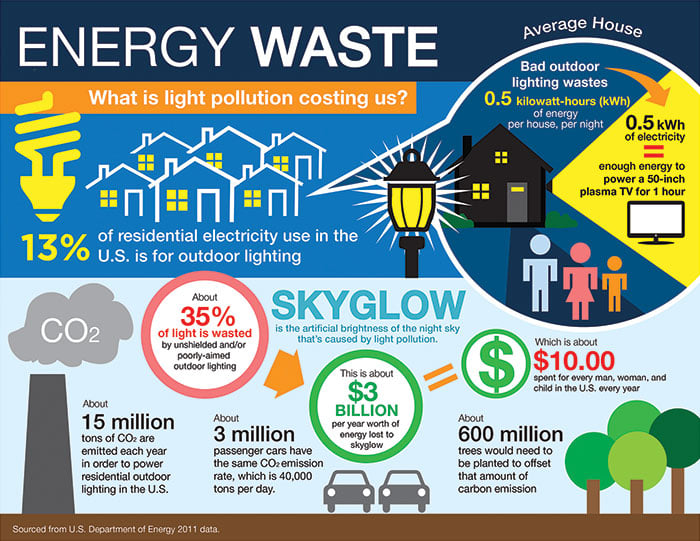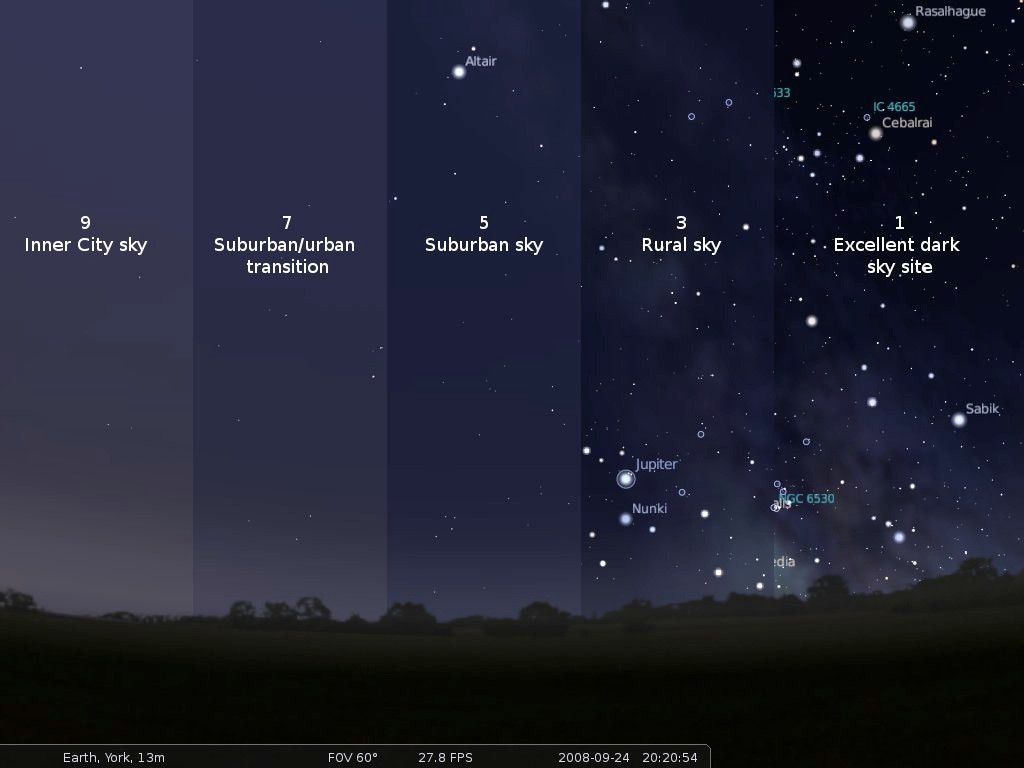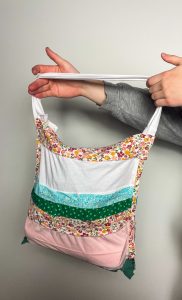One of the most important things that I have learned from my time in the Greenbelt is that sustainability can be part of everything, and the best way to get involved with sustainability is to make it a part of something you already enjoy. For me, I love soccer, and there is a soccer club that is showing the world how the sport can be more sustainable.

Forest Green Rovers is a club that plays in England’s fourth division of professional soccer and are living up to their name by showing how the sport can go green. Forest Green Rovers became the first soccer team to be certified as completely carbon neutral by the United Nations, and in 2017 they became the first and only vegan soccer team in the world. During a trip to their New Lawn stadium, one will find charging points for electric vehicles, solar powered lawn mowers that cut an organic pesticide-free field, an entirely vegan menu, and players wearing jerseys made from recycled coffee grounds and plastic. Despite the fact that the club’s stadium is more sustainable than many others, they have plans to build a new stadium called Eco Park, which will be even more sustainable than the New Lawn. Eco Park will be made entirely out of wood, will be surrounded by a park full of trees, and will be the first carbon neutral stadium in the world.

Action like this is needed from all clubs as the game of soccer is a large contributor to climate change and will likely experience its negative effects. The 2018 FIFA World Cup in Russia alone produced around 2.16 million tons of carbon emissions, and it is estimated that the entire sport itself is responsible for 0.3% to 0.4% of total global emissions. If action is not taken, 23 out of England’s 92 professional soccer teams will experience annual flooding of their stadiums by 2050. Although the climate crisis is much larger than just the game of soccer, clubs making an effort to become more sustainable like Forest Green Rovers is the next step in addressing the problem.
It is not just soccer that that can be more sustainable, but everything is affected by sustainability, including the things that you are passionate about. Check out the blogs from other Greenbelt students to see what I am talking about. Adrian for example loves the outdoors and talks all about how many of his favorite outdoor activities can be made more sustainable. Cami and Georgia both show how art and sustainability intersect, with Cami showing how to make sustainable crafts, and Georgia showing how photography is a tool that can help highlight the climate crisis. Sam even writes about the intersection of sustainability and math. This all goes to show every one of your hobbies and every aspect of life can be made more sustainable. My challenge to all of those reading this is to take the thing that you are most passionate about, whether that be soccer, art, or anything else, and find ways to make it more sustainable.
References:
“Another Way.” Forest Green Rovers, https://www.fgr.co.uk/another-way.
Ashoo, Sam. “Climate Crisis: How Can Football Make a Difference?” Euronews, 3 Dec. 2021, www.euronews.com/2021/10/28/the-climate-crisis-why-football-can-no-longer-hide.
Hewitson, Rosie. “It’s Time for Football to Reckon With Its Carbon Footprint.” Huck Magazine, 6 Nov. 2020, www.huckmag.com/outdoor/sport-outdoor/its-time-for-football-to-reckon-with-its-carbon-footprint.
“Playing Against the Clock.” Rapid Transition Alliance, 20 June 2020, https://www.rapidtransition.org/resources/playing-against-the-clock/.















 (EPA)
(EPA)



